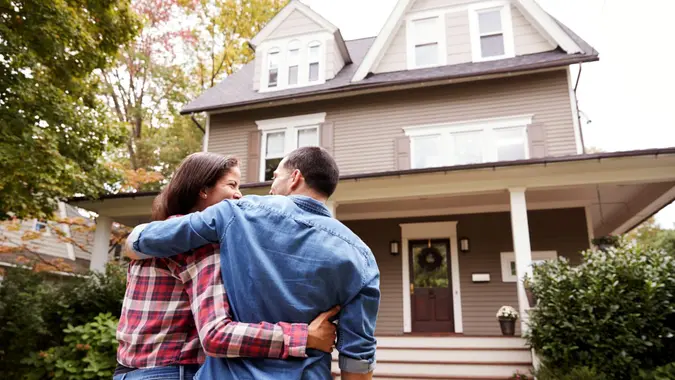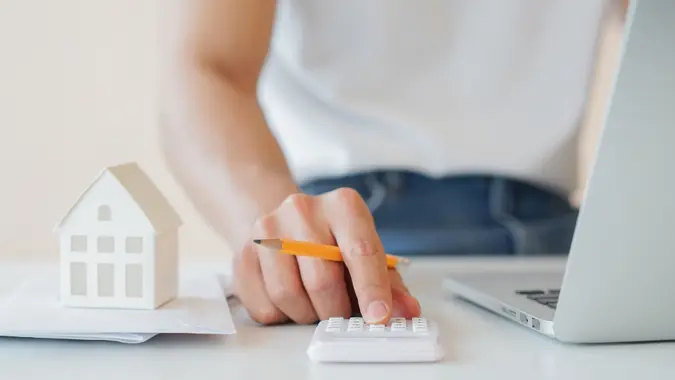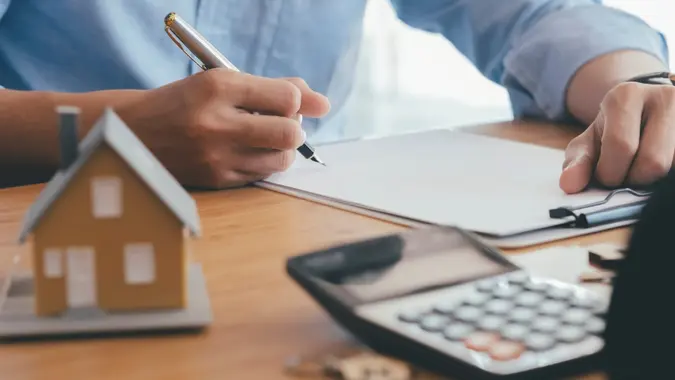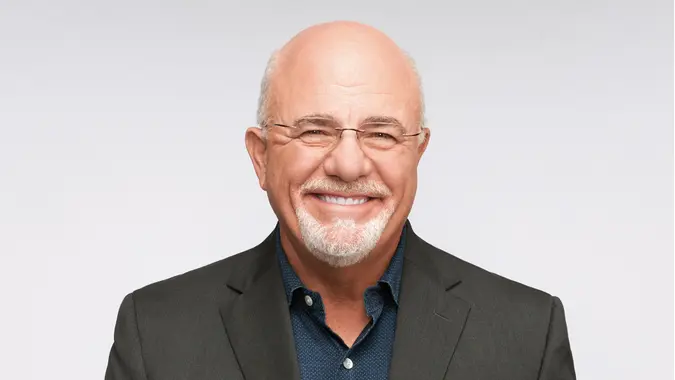Ramit Sethi: 3 Ways To Know Whether You Can Really Afford To Buy That House

Commitment to Our Readers
GOBankingRates' editorial team is committed to bringing you unbiased reviews and information. We use data-driven methodologies to evaluate financial products and services - our reviews and ratings are not influenced by advertisers. You can read more about our editorial guidelines and our products and services review methodology.

20 Years
Helping You Live Richer

Reviewed
by Experts

Trusted by
Millions of Readers
Ramit Sethi is the author of “I Will Teach You to Be Rich” and the host of a podcast of the same name where he offers financial advice geared towards helping people live a rich life.
To help people decide whether or not they can afford a house, he offers a three-step house guide. This guide breaks down how to determine how much house you can afford and helps you decide whether or not buying a house is right for you at the moment.
Here’s a look at the three ways to know whether you can really afford to buy that house, according to Sethi.
You Have the Right Down Payment Amount
Conventional wisdom says that home buyers should have a down payment equal to at least 20% of the purchase price of the house. Sethi said, “You don’t necessarily have to put that down, but it shows you can be disciplined enough to save that.” Making mortgage payments every month for, potentially, the next 30 years takes a great deal of discipline, so proving to yourself that you can save consistently can help you be more confident in your purchase.
Putting down 20% can also help buyers avoid paying private mortgage insurance (PMI), which will keep the cost of buying a home a little lower. PMI can cost a few hundred dollars a month and can be removed after the loan has been paid down to 80% of the home’s value at the time of purchase.
You Accounted for Added Expenses
The down payment and earnest money deposit will come off of the total cost of the mortgage, but there are other costs and fees that will be added to the total cost of buying a house. And Sethi recommends running the numbers, so you know exactly what you’ll be paying and make sure it still makes financial sense to buy the house.
Closing costs typically fall between 3% and 6% of the loan and can include mortgage origination fees, property taxes and other costs like a home appraisal or inspection costs. Other costs associated with buying a house include moving expenses and any repairs or updates that need to be done to the home.
Your Total Housing Costs Aren’t Too High
Total housing costs include all of the money it costs to run a house each month — mortgage, insurance, utilities, HOA dues, maintenance costs and any other related expenses. Sethi uses 28% of your gross pay as the upper limit for total housing costs. Any more than that, and you may risk the budget becoming too tight to take on other expenses.
Buying a home is typically one of the largest purchases someone will make in their life, so it pays to run the numbers and know exactly how much you’ll be paying before you decide to buy that house.
More From GOBankingRates
 Written by
Written by  Edited by
Edited by 
























